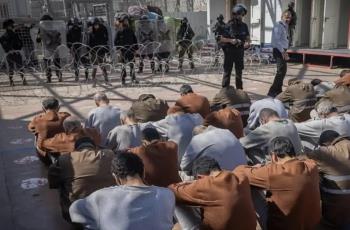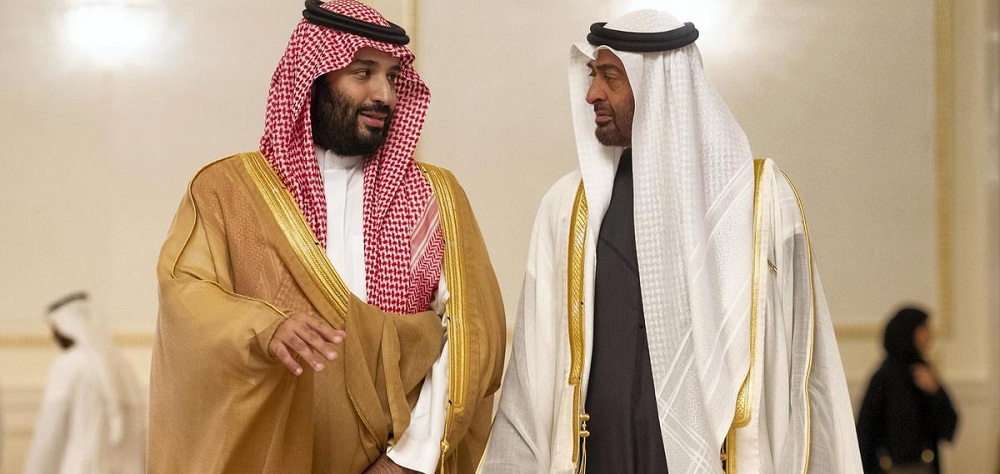Alwaght- Over the past years, Yemen's developments predominantly have been tense and uneasy. In the new conditions, things have changed. Since the start of the Saudi-led war against Yemen, on the one side stood Axis of Resistance represented by Ansarullah Movement and on the other side stood the opposite camp represented by Saudi Arabia, now the ground equations witness a big division occurring. A division that puts face to face Saudi Arabia and the UAE which are ostensibly allies but in fact are rivals, at least on the Yemeni ground.
The latest instance of this widening gap is the full-scale armed confrontation of the UAE-aligned Southern Transition Council (STC) forces and the Saudi-supported forces fighting for the government of the resigned Yemeni President Abd Rabbuh Mansour Hadi in the Socotra Island in the south.
To get a clear picture of the aspects of the unfolding new dispute, Alwaght has talked to the West Asia affairs expert Hassan Hanizadeh.
Ansarullah’s military supremacy over the Arab alliance forces is established
Asked for his view on the latest Yemeni developments and particularly the moves made by the STC, Mr Hanizadeh believes that after the five years of the devastating Saudi war against the “ill-fated Yemeni people”, the situation in the war-ravaged country has fully changed from two aspects.
First, according to him, the military supremacy of the Ansarullah and army forces against the Riyadh-led Arab alliance is completely established on the war ground. Over the past few days, the popular forces represented by Ansarullah and the Yemeni army launched attacks on the depth of Saudi Arabia, using a new generation of ballistic missiles and drones and targeting the Arab kingdom’s strategic and military sites. Destruction of the Arab alliance's command center and other military sites demonstrates that the resistant Yemeni forces now hold the initiative in a complicated and multi-fronted war. The “balance of horror” strategy adopted by the Yemeni side in response to unceasing strikes on the civilians and infrastructure now has displayed its efficiency.
The war balance completely transformed
“Second, now and five years of the war, Saudi Arabia has taken a defensive position in the conflict equations. This means that despite spending $650 billion on the anti-Yemeni war, the Saudis now have to accept the ceasefire proposals made by the Ansarullah and Sana’a-based administration. Although the Saudi Crown Prince Mohammed bin Salman is willing to find a way out of the crisis with his face saved, the Yemenis stipulate that the kingdom should be recognized as the aggressor and compensate for the devastation its campaign has caused since 2014.”
The UAE seeks to split the south from the north
The West Asia affairs expert added that as Yemen enters new conditions, deep gaps between Saudi Arabia and the UAE are appearing. Since last year, Abu Dhabi boosted its influence in southern Yemen as it supported the southern separatist forces. That is while the Hadi government holds no sway in the south. The resigned president and his cabinet fled the south while it was their de facto capital as they lost Sana’a and the whole north to the revolutionaries.
The STC has announced autonomous administration in the regions under its forces’ control,
signaling that its ally the UAE is seeking to split the south from the north to strengthen its influence in the vicinity of the Bab-el-Mandeb Strait.
“All in all, it seems that the transition council, aided by the United Arab Emirates, intends to declare an independent state in the south. Also, we need to take into consideration that recently the president of the council has talked to the Israeli Prime Minister Benjamin Netanyahu on the possibility of allowing Tel Aviv to set up a military base in the region under its control.”
Mr Hanizadeh said that all these pro-separation moves come while the Ansarullah Movement made it clear that it fully opposes separation of the south from the north to establish an independent state. The reason for this opposition is clear: An independent south will give the Israeli regime military presence in the southern territories and Israeli domination of the Bab-el-Mandeb Strait can help it deal a blow to the Axis of Resistance.
“We can see that the south is turning into a theater for the Saudi-Emirati confrontation. Odds are the two Persian Gulf monarchies clash over this part of Yemen in the future.”
The south on its way to separation
Commenting on the impacts of the recent disputes over the Riyadh agreement which was signed between the STC and Hadi government in December last year, Mr Hanizadeh said: “The Riyadh agreement should be deemed gone mainly because the transition council said that the accord is of no value to it. On the other side, the Hadi government first violated the agreement by not allowing the STC candidates into its body as it was agreed.”
This caused differences between the two foreign actors, according to Mr Hanizadeh who said that the past deals are no longer viable and that southern Yemen is moving towards independence.
“We need to know that some actors are in favor of the partition of this country and it looks like this scenario plays into the hands of the Israeli regime which aspires to dominate the Bab-el-Mandeb Strait.”



























